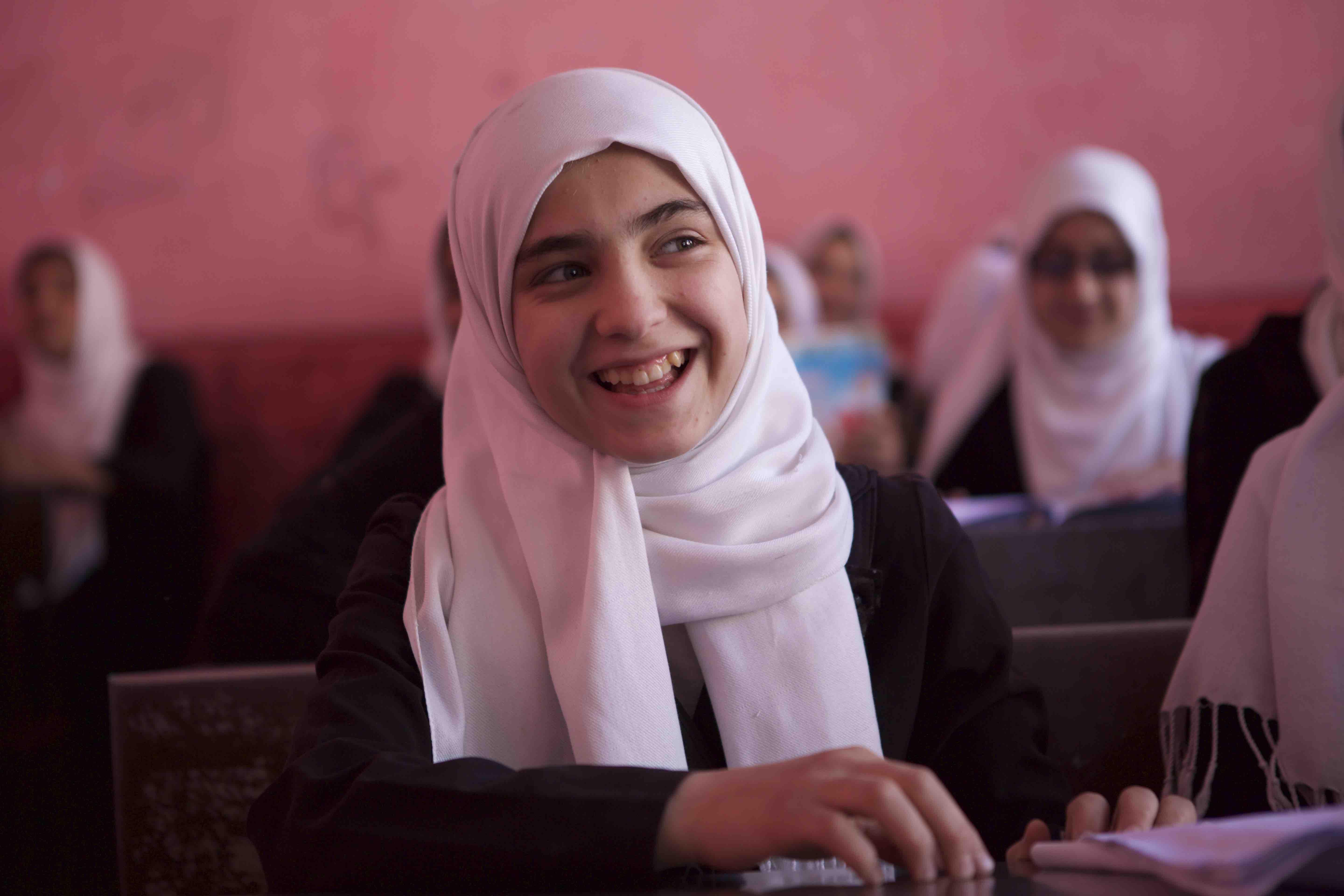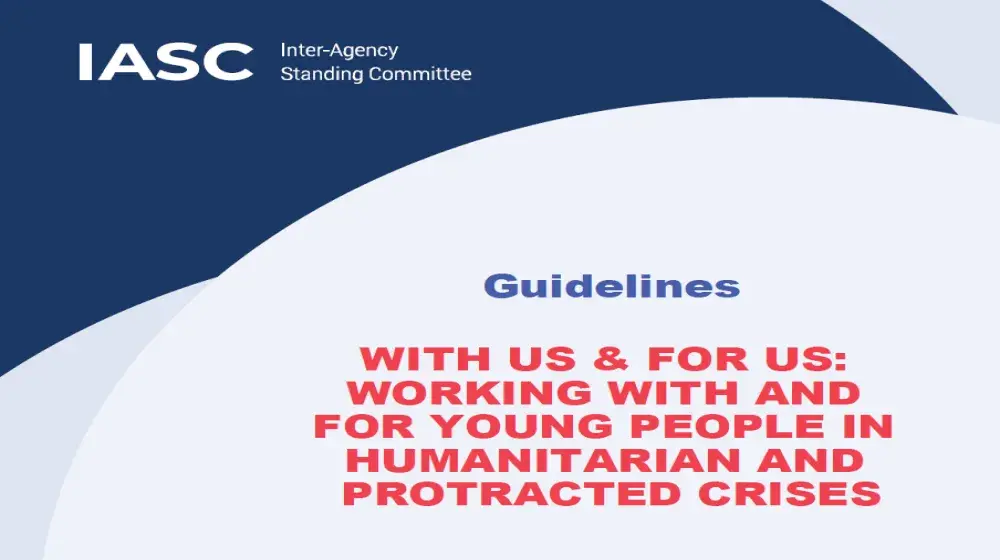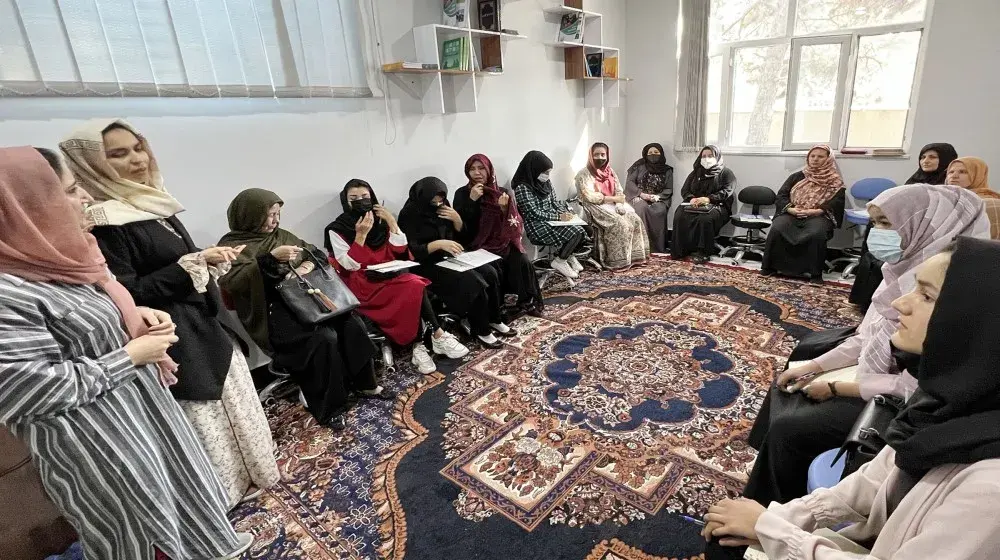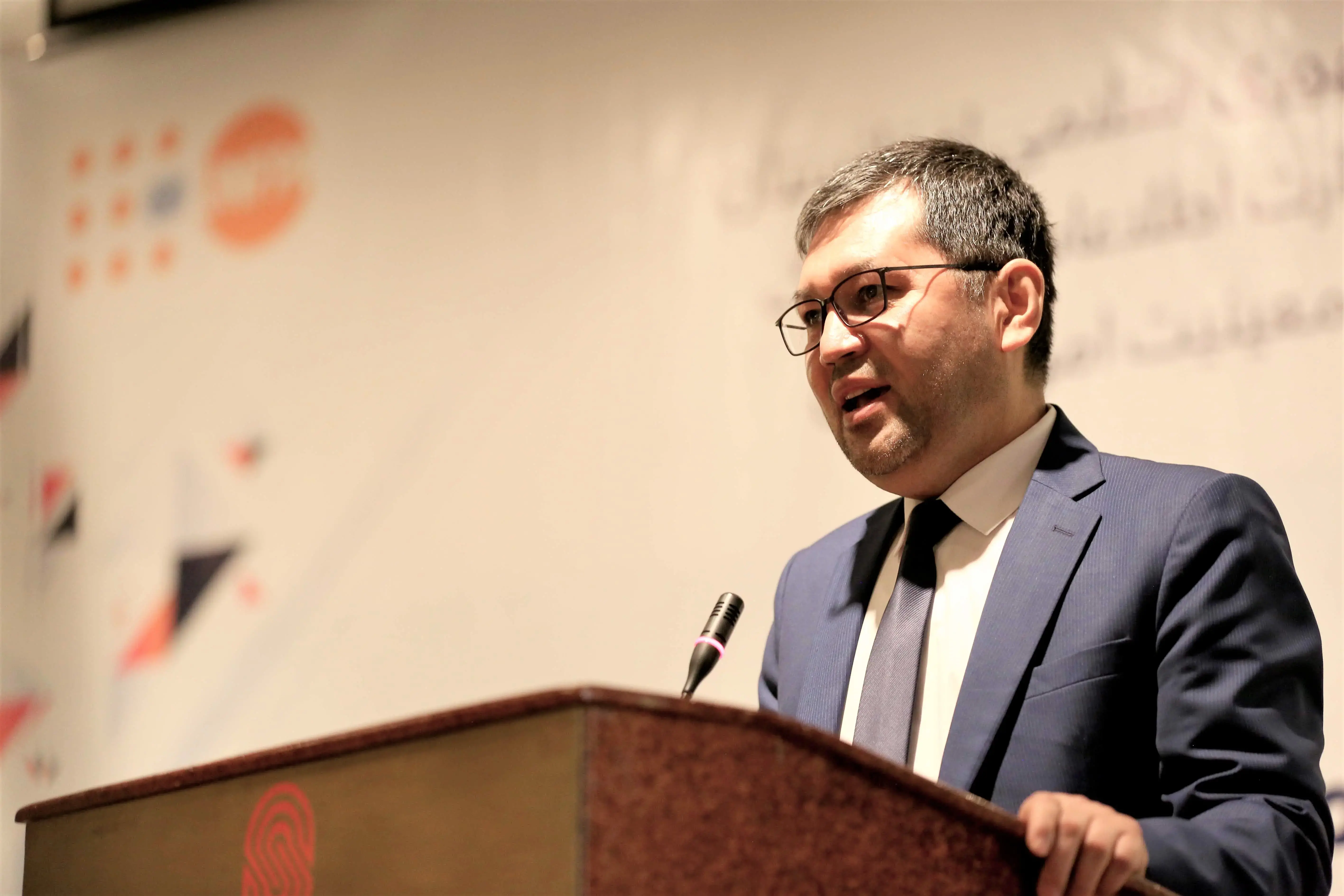Forced and early marriage, child labour and other practices undermining girls’ health and rights threaten the world’s ambitious development agenda, warns UNFPA, the United Nations Population Fund, in The State of World Population 2016, released at the end of 2016. Afghanistan is one of the worlds most affected countries by these harmful practices.
Practices that harm girls and violate their human rights prevent them from realizing their full potential as adults and from contributing to the economic and social progress of their communities and nation. Girls unlike their counterparts are less likely to complete schooling and are more likely to face forced marriage. In 2015 when the SDGs were planned there were half a million 10-year old girls, they are now 12 and live with extreme gender inequality, most of them will be forced to marriage before their 18th birthday.
In 2015 when the SDGs were planned there were half a million 10-year old girls, they are now 12 and live with extreme gender inequality, most of them will be forced to marriage before their 18th birthday.
Ten is a pivotal age for girls everywhere, as puberty approaches. In some parts of the world, a girl at this age enjoys limitless possibilities and begins making choices that will influence her education and, later, her work life. But in other parts of the world a girl who goes through puberty is suddenly seen as a commodity that may be bought, sold or traded, the UNFPA report shows. She may be forced to marry, pulled out of school and expected to start bearing children and begin a lifetime of servitude.
“Impeding a girl’s safe, healthy path through adolescence to a productive and autonomous adulthood is a violation of her rights”, UNFPA Representative Dr. Bannet Ndyanabangi says. “But it also takes a toll on her community and the country as a whole. Whenever a girl’s potential goes unrealized, we all lose.”
The new development agenda, endorsed by world leaders in 2015, is the blueprint for countries’ social and economic progress for 15 years. It aims for equitable development that leaves no one behind. Removing the barriers that hold 10-year-old girls back today will increase the chances that the agenda will be a success, the report argues.
The State of World Population report notes that of the 125 million 10-year-olds today, 60 million are girls who are systematically disadvantaged at the global level as they move through adolescence into adulthood.
In the past decade, there are more available and proven policy options to governments. These include banning harmful practices, such as the national action plan to eliminate early and child marriage in Afghanistan.
The challenge now, UNFPA’s State of World Population report says, is to scale up these interventions to reach more girls, especially the poorest and most vulnerable, by age 10.
“How we invest in and support 10-year-old girls today will determine what our world will look like in 2030”, Dr. Bannet Ndyanabangi said. “With support from families, communities and countries, and the full realization of her rights, a 10-year-old girl can thrive and help bring about the future we all want.”
Around the world each year of education delivers an additional 11.7 per cent uplift in wages in later life for girls (compared with 9.6 per cent for men). Yet, 16 million girls between 6 and 11 will never start school, twice the number of boys. On the other hand, in Afghanistan only 1 in 5 girls completes high school. If this trend continues 98 per cent of Afghan girls will never go to university. This has to change.





